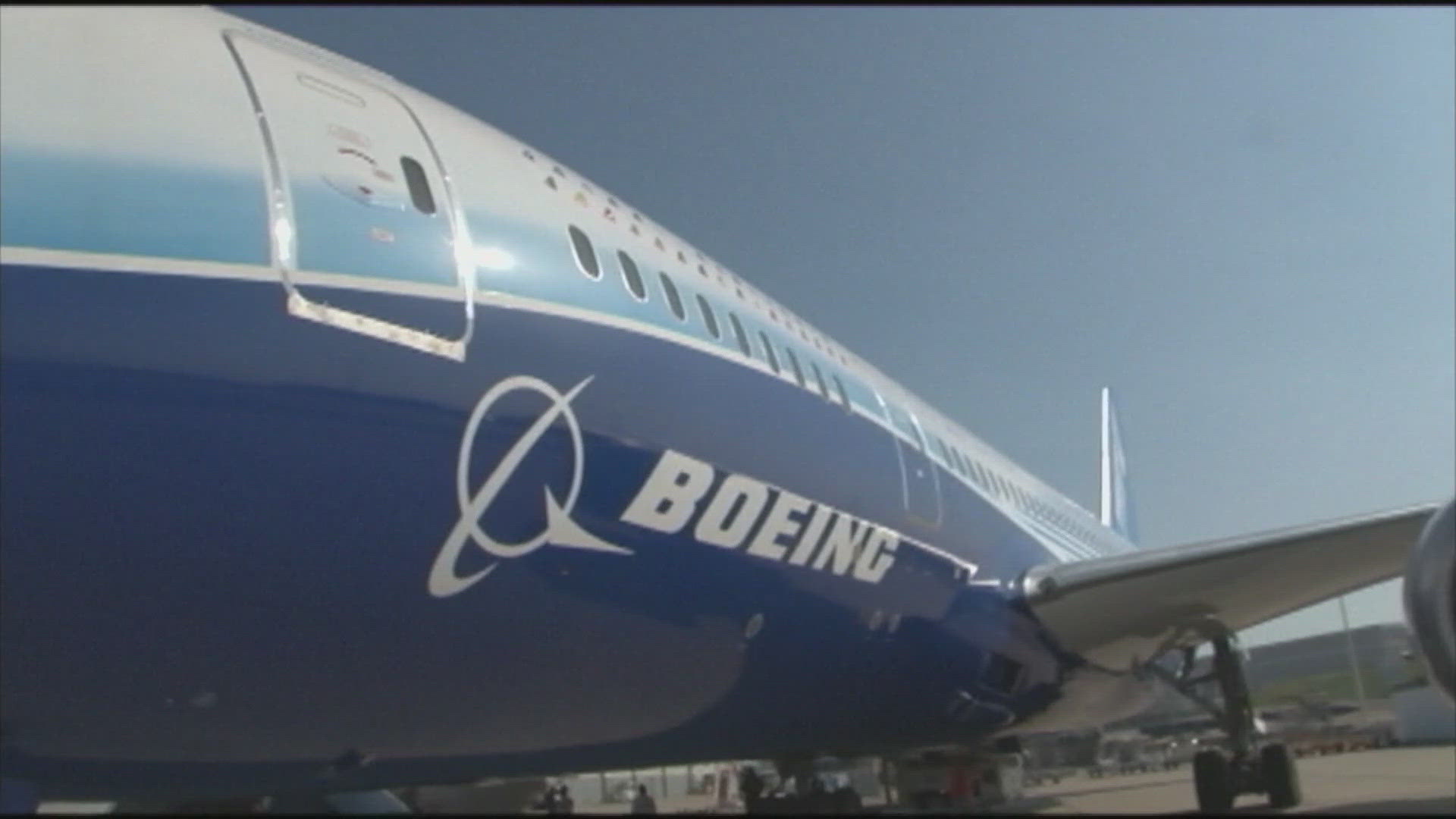Data Comm, a FAA communications system to instantly convey often complex routing data to the cockpit computers aboard airliners, started at Sea-Tac airport back in October. It began its initial national rollout in January of 2016. On Wednesday, the FAA publicly showed off what it claims is a technology program that’s millions under budget and two years ahead of schedule.
Call it texting if you will, but what the FAA has now implemented on nearly half of all airliners flying in the country is expected to make flying safer, not less so. Pilots aren’t typing in individual letters with their thumbs. Usually, only a couple of button pushes is all it takes to review and acknowledge routing instructions known as clearances sent to the flight deck by air traffic controllers, now, electronically.
Data Comm is designed to replace the often lengthy verbal instructions to one of the pilots on board, then listen to the pilot to read it back. The pilot typically writes the instructions down, then loads those instructions into the flight management computer. Each step an opportunity for mistakes say controllers, pilots and the FAA. Even though this typically happens before a plane pushes back from the gate.
Implementation could save you time during times of bad weather, even the forest fire induced haze that now covers much of the Washington state. That means those clearances are often updated as the plane taxi’s out to the runway for takeoff. Capt. Bret Peyton of Alaska Airlines demonstrated the system aboard a Boeing 737-900ER. He also leads the airlines’ implementation of cockpit technologies and says those updates can at times force a pilot to pull the plane out of line only to tie up time on frequencies for more instructions and read backs creating delaying a takeoff by up to 15 to 20 minutes.
The technology is also destined for Air Route Traffic Control Centers by 2019. These centers, which include one in Auburn, manage air traffic between airports. Unlike the tall towers at Sea-Tac and other airports where controllers are surrounded by glass, controllers in these en route centers, work in buildings only a few stories high and controllers work windowless rooms staring at screens showing flights.
The Data Comm technology is part of the FAA’s move to an overall upgrade of air traffic control known as Next Gen.


